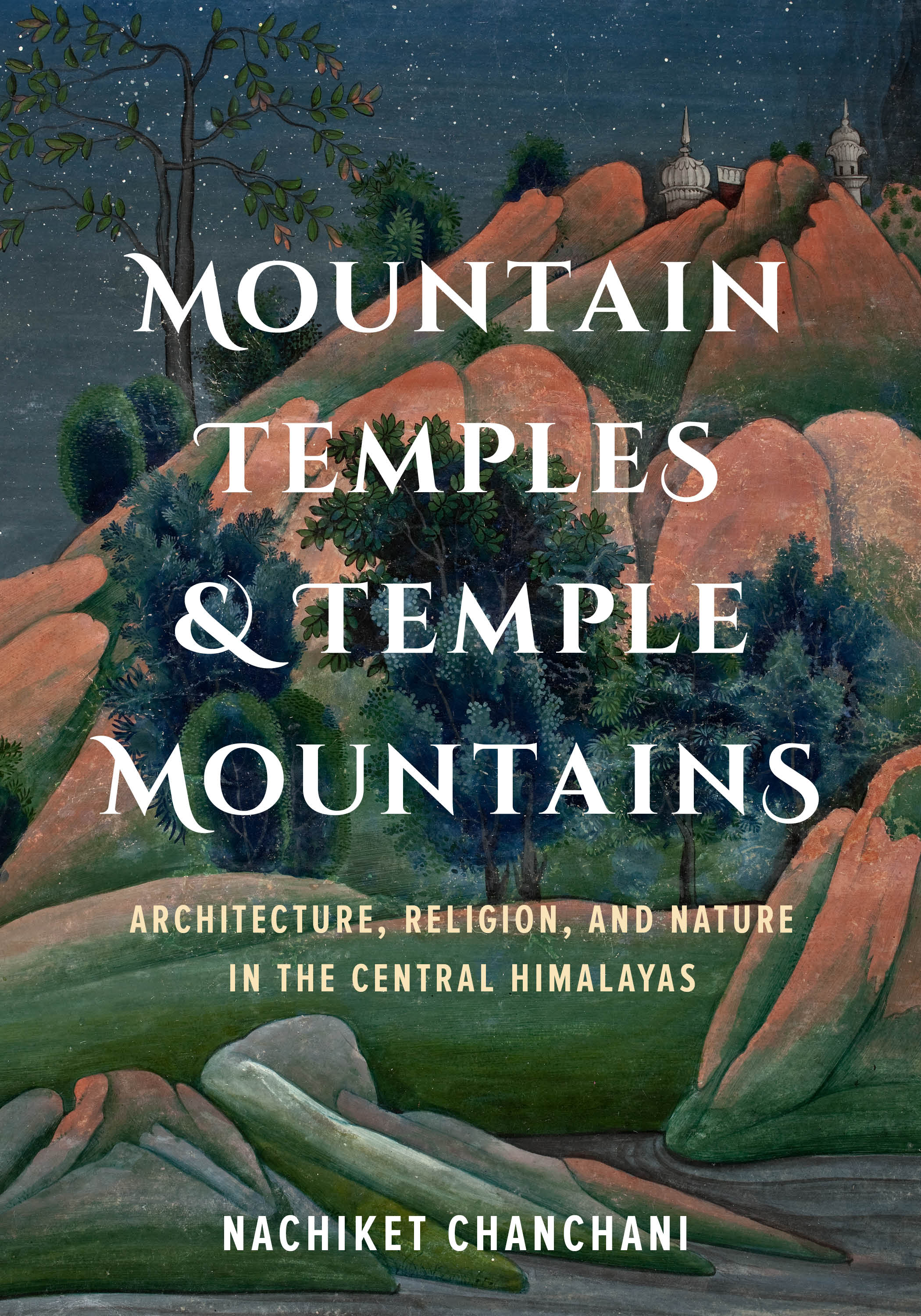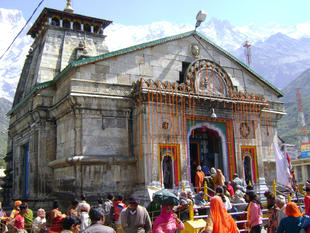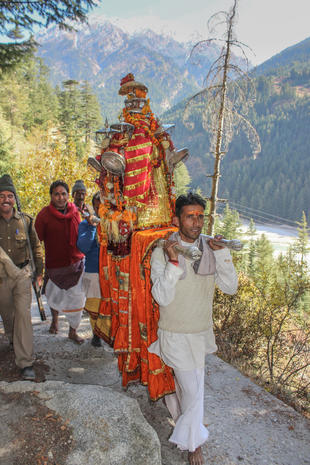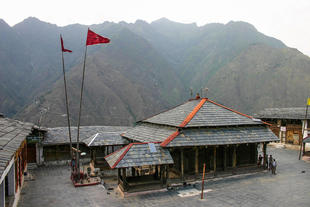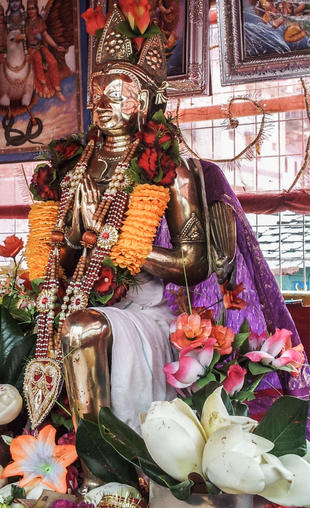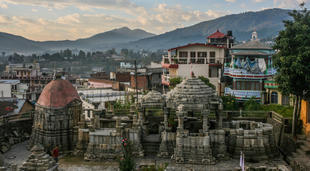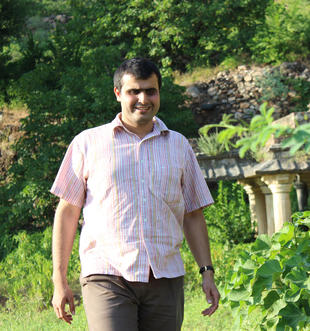Nachiket Chanchani is an associate professor of art history at the University of Michigan, with interests that span many mediums, regions, and time-periods. As an extension of his interests in the sub-disciplines of architectural history and Himalayan art, he has guest edited a volume of Ars Orientalis which focuses on the transmission of architectural knowledge in medieval India and an issue of South Asian Studies that considers the historiography of Himalayan art history.
His current book project, “Scrolling Forward,” theorizes strategies to account for the production, dissemination, and performance of the linguistically hybrid and profusely painted scrolls and manuscripts of western India. A recension of the Vasanta Vilasa, copied on an eleven-meter long cloth scroll in the Sultanate city of Ahmedabad in 1451, is the centerpiece of this project.
He is interested in exploring relationships among and between art and yoga and in tracing the shadow of traditional Indian art, modern collections, and the scholarship on them on the creative works of avant-garde Euro-American artists. Essays include “The Camera Work of Ananda Coomaraswamy and Alfred Stieglitz,” and “Some Reflections on Art Writing and Translation in Colonial India.”
He is also committed to historical preservation and to the formulation and critique of cultural policy. Building on editorials published in The Hindu newspaper, he is currently developing a public-facing humanities project aimed at the documentation, interpretation, and ultimately conservation of a medieval landscape consisting of several hundred shrines built around the perimeter of an artificial lake in western India. Concurrently, he is currently team-teaching a dynamic new seminar on Law, Development, and Heritage Preservation in India at the Michigan Law School where he is an adjunct professor.
As a Consulting Curator at the Detroit Institute of Arts, he is currently participating in the reconceptualization and reinstallation of their Asian art galleries. In the past, he has been involved with curatorial projects at the Smithsonian’s Freer and Sackler Galleries, Philadelphia Museum of Art, Museum of Fine Arts, Boston and other institutions
His research has been supported by fellowships awarded by the Asian Cultural Council, New York; Akshara Foundation, Ahmedabad; Victoria and Albert Museum, London; Smithsonian Institution, Washington DC; Royal Netherlands Academy of Arts and Sciences, Amsterdam, Forum Transregionale Studien, Berlin and other organizations.
AUTHOR WEBSITE
